Farinos (Silver Stream)
Naming
The name Farinos 'Silvery Stream' probably stems from the confusion of the Nem (Faren language) word far 'Faren, local person' and the word fara 'silvery, shiny'. Most likely the original meaning was mundanely 'the local river'. However, people prefer associating the name with the silver and riches transported to the valley from the mountains.Trade
The Silver Stream is perhaps the most important trade route on the continent. The best navigable trade route to the Highlands runs through the Silver Stream and the of the River Cross. The highlands are a source of essential minerals like copper, gold. The highland forests also provide wood and stone for construction. In return the plains trade in grain, wine, and refined products.(Sample text from the epic of Daursan and Kauteirin
History & mythology
Prehistory
It is told that the river was born when the Giants were digging tunnels far in the mountains, and in their greed they dug so deep into the Abyss, that they accidently broke into the divine waters beneath. Femur, the king of the stone giants married the river goddess, and established a great fortress to guard the source of the river. Later Hero Ásinnar used this secret tunnel to descend to the Underworld and fight the five demons of the deep.In the early history the Silver Stream used to be the border between the free people of the Highlands and the Plains ruled by the Giants. The final battles of the War of the Giants and Men were fought near the river, and the Giants were driven away far to the south and west. Giants are still thought to exist in the highland forests, but they are only rarely seen by any human.
After defeating the Giants Daursan and Kauteirin, the sons of Ásinnar, founded Silford on the banks of the river. Legends tell, that Daursan and Kauteirin were fighting over which of the twins should rule the city, and they decided to ask a poor peasant who was passing by. The peasant answered "me", and this is how Silford became the first democracy.
Early Period
The written history of the valley began in the late 2nd century AFS (after founding of Silford), with the invention of writing. The city state of Silford became the cultural center of the Faren world of this early period. Late 3rd century brought a period of unrest, when the rich valleys faced multiple attacks from the neighbouring higland peoples, and failed crops caused the economy to flounder. There were mass migrations away from the cities, and the center of the culture shifted to the coast and the islands. Ostalin in the mouth of the river was still an important settlement during this period.Recent events
The importance of the Silver Stream rose again in the 6th century after the Ara people managed to conquer the weakened Sayals in the eastern mountains, opening profitable trade relations through the Silver Stream and River Cross. This period is characterised by the Ara influences on the lowland culture, and the interest for the shared history of the Ara and the Farens.Demographics
The Valley has the largest cities of the entire known world, the largest ones estimated to have a population of more than 500 000. The estimates are rough, because only a fraction of the people are citizens, and much of the population consists of slaves.
Geography
Silver Stream is born on the border of the Highlands in the South, where other mountain streams are joined with the River Cross. From there it travels north to the sea, travelling through Silford and many of the other largest Faren city states. For most of its course the Stream runs level and wide through the plains, making it ideal for travel even with seaworthy ships.The lands north from the joining of the Silver Stream with River Cross are under the control of Faren city states. Beyond that the highlands are controlled by hostile kingdoms, and casual travel upstream is not possible.
Flora & Fauna
The River Valley is mostly a domesticated environment, dotted by farms, vineyards, fruit gardens and villages. Not many wild species are found in the area, and most predators have been driven to the highlands. Deer, rabbits and many species of birds nest on the plains and are hunted by the people. The rare old forests are the destination of enthusiastic Mushroom tourism.Silversides
The Farinos silversides are enjoyed as a local delicacy. They can grow up to a cubit in length, and have shiny silver and rainbow colouring. Unfortunately, their colouring cooked on the plate is not particular, and their taste is average, so they are more popular due to their association with the river's name than any real merits.Historical events
20-0 BFS Giant Wars All the Giants are driven away from the eastern side of the river0 AFS Founding of Silford Daursan and Kauteirin found the city on the bank of the river.
150-200 AFS The Invention of Writing oldest surviving samples of writing commemorate 200th anniversary of Silford
~300 AFS Period of war and unrest A mass migration from the valley to the West Island.
420 AFS The Black Years Plague hits the valley, and the river is filled with floating corpses.
Religion
The same way as the Farens venerate and worship their ancestors as the life givers of the family line, the River Mother, Goddess of the Stream, is thought to be the common ancestor of all the people of the river valley. Her will is revealed by the city states from divinations, that are performed before any important decisions, such as declaring war or beginning construction. In the daily life of the citizens she is less visible, as the Farens prefer to keep their worship private and personal.The Zeribian minority the river is their vital connection to the sea, and it is worshipped as Ûhiz, the herald of Feren (god of the sea). They also associate the Faren River Mother with their god Idûrfeš, the mother of all life and protector of fresh waters and all water animals. Zeribians offer plentiful gifts to the river, and bathe in it regularly to purify themselves.
Cover image credits: Gaspare Vanvitelli (1653–1736)
Map created by me with Inkarnate Pro (inkarnate.com)

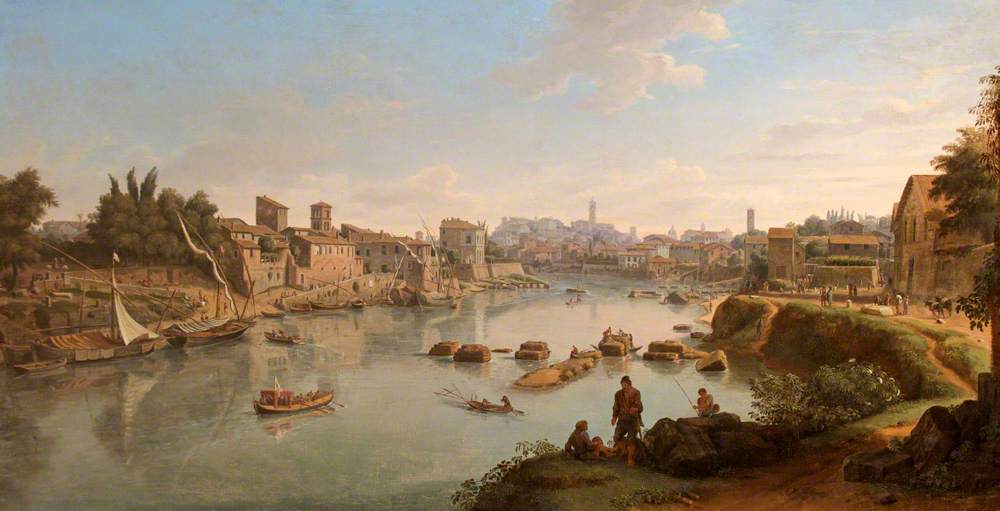

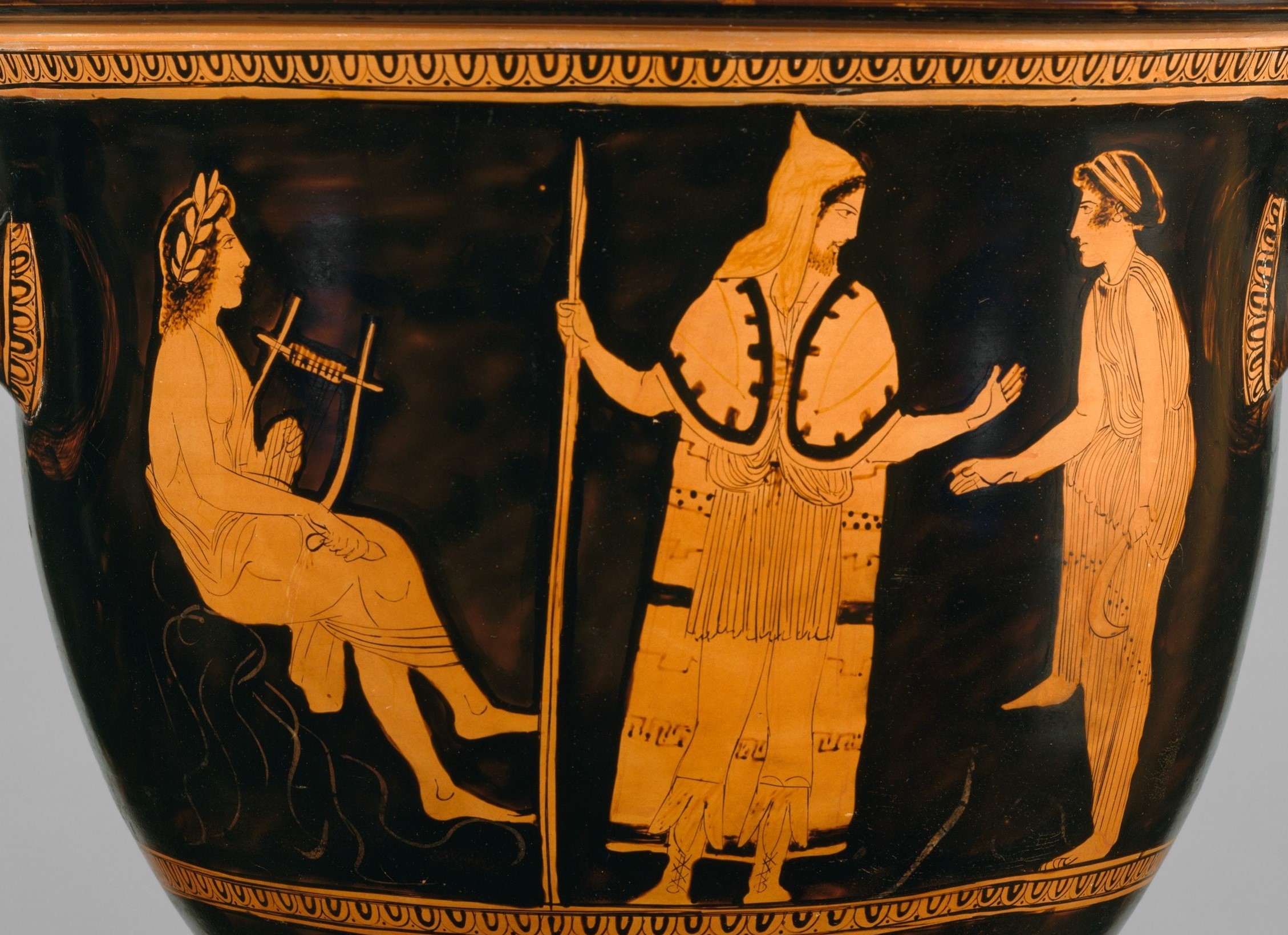
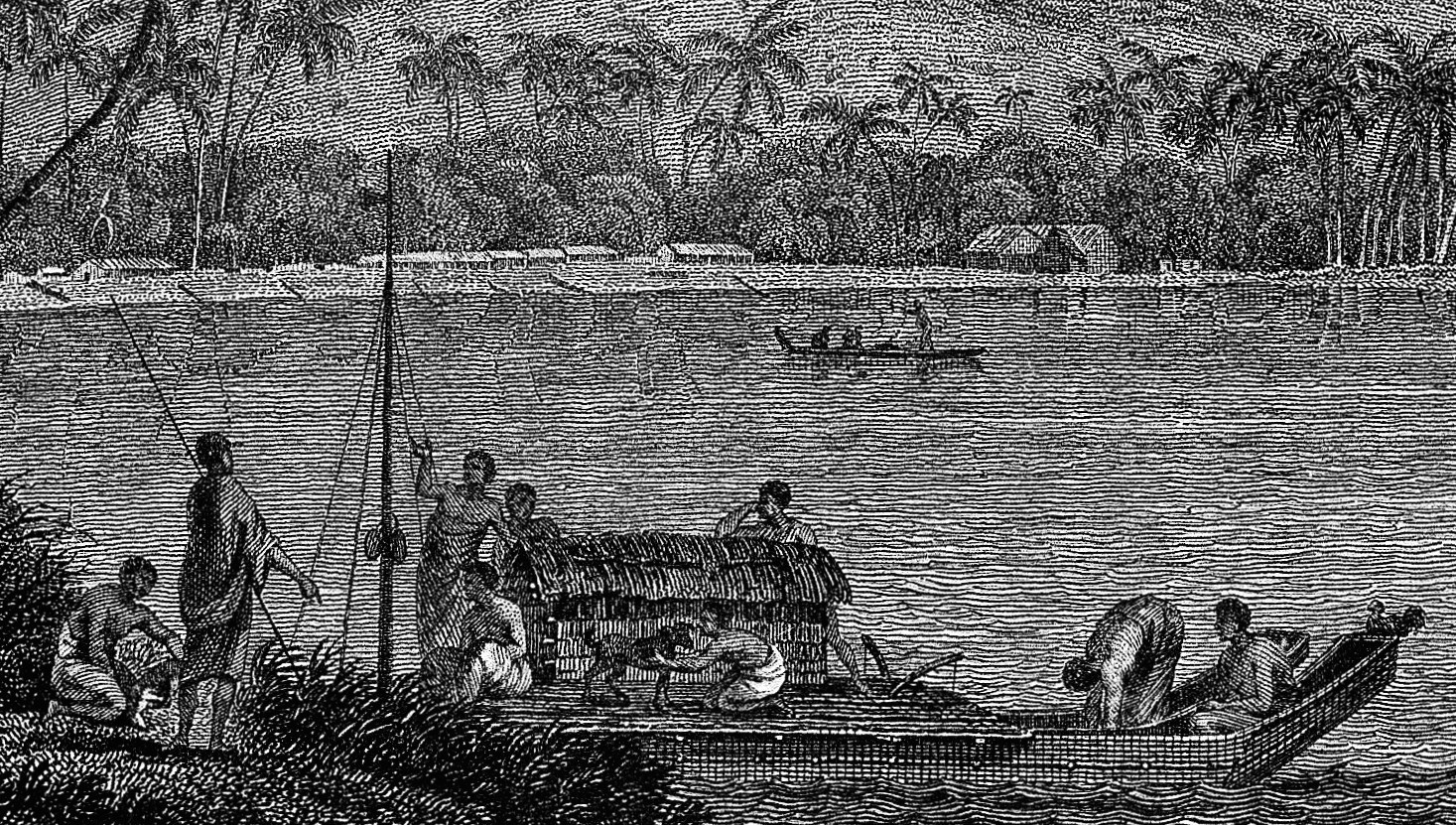
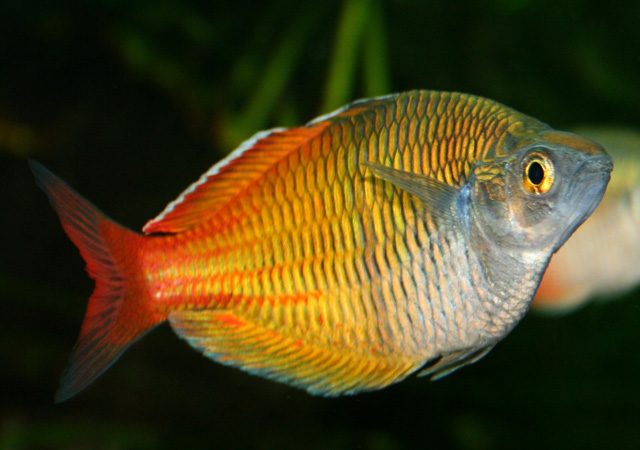


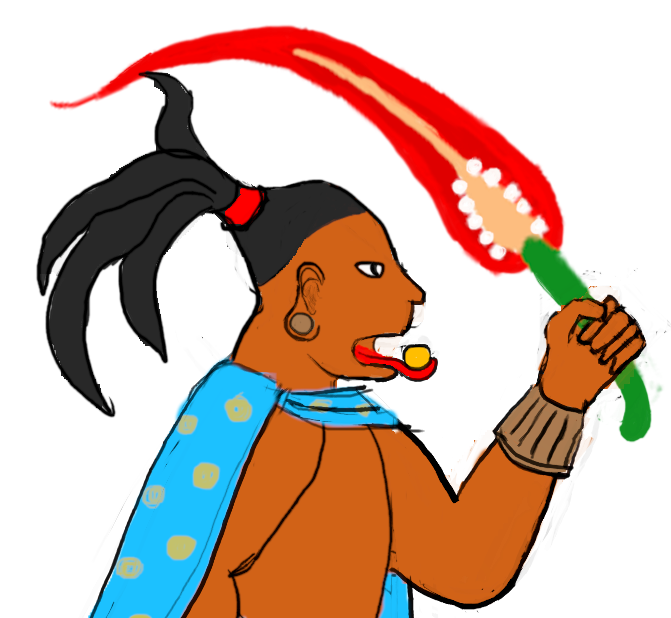





The use of the Faren language in the naming really adds depth to the river's history and the world around it. Great work!
Thanks, I'm suffering from a bit of word builders disease :D (getting too obsessed with the languages)